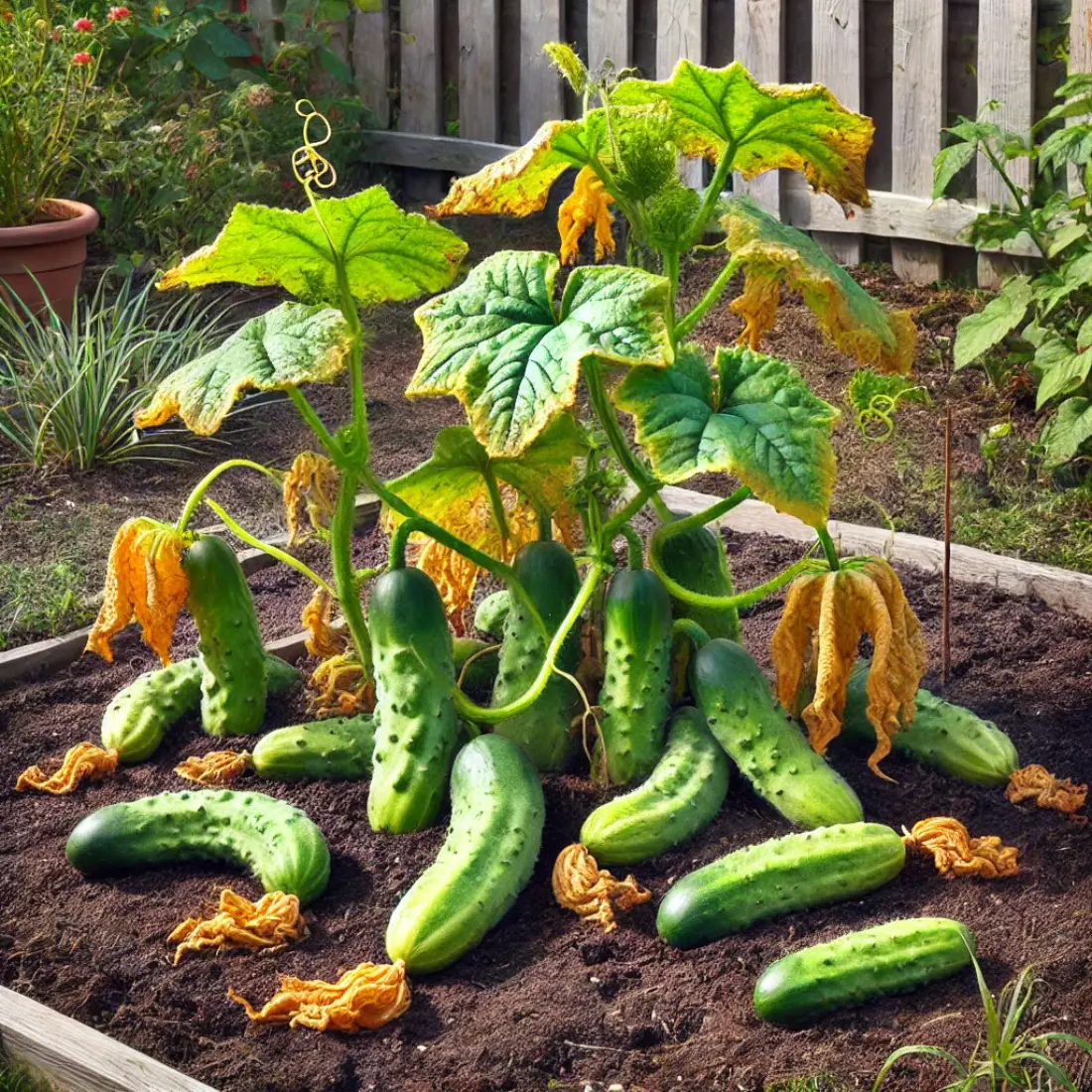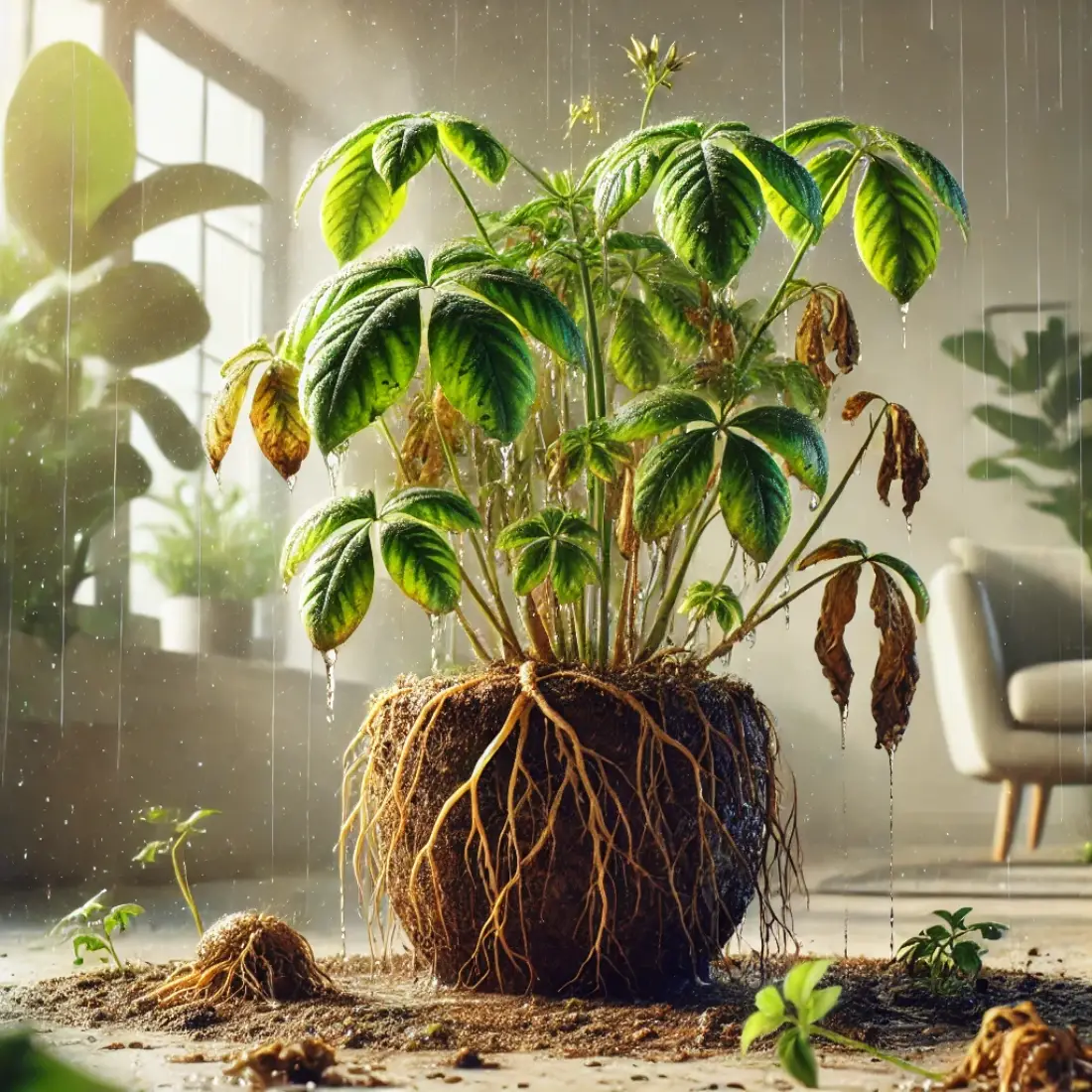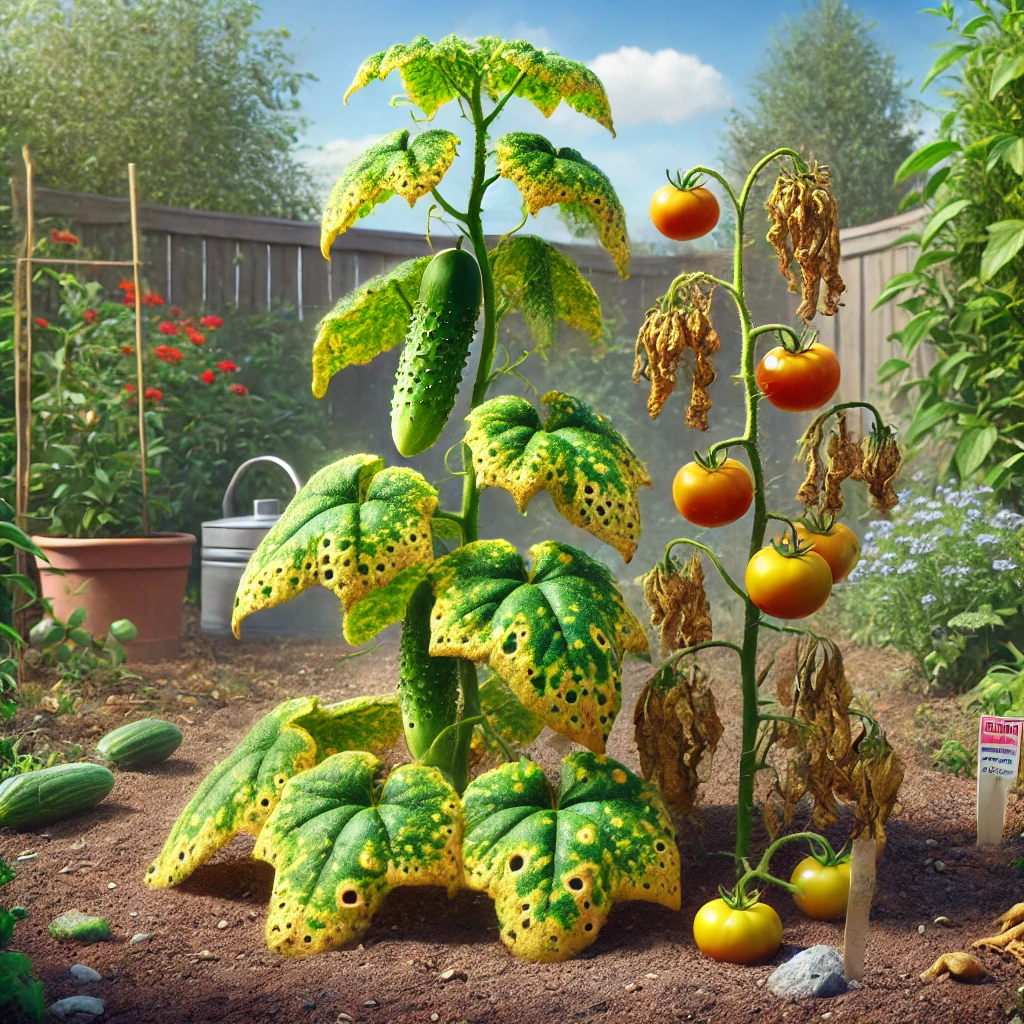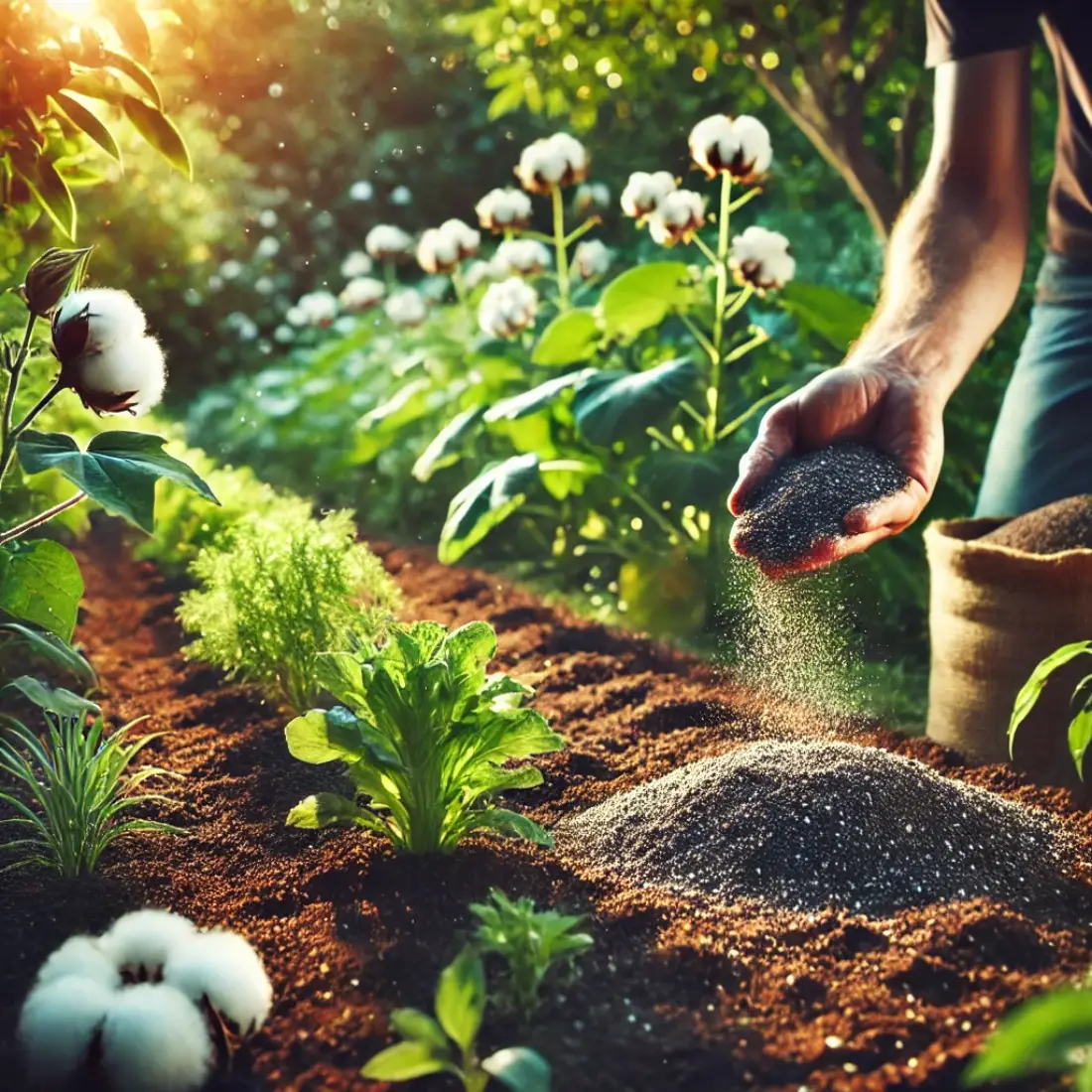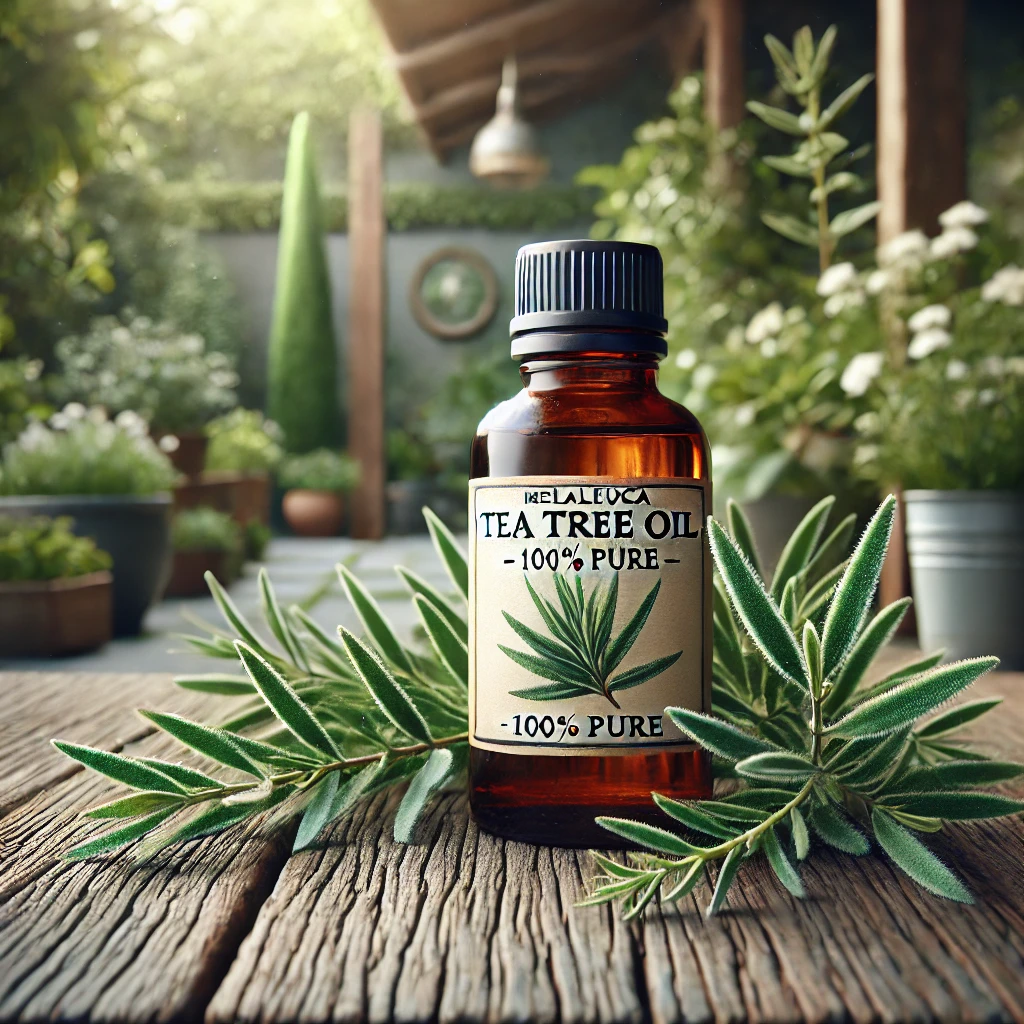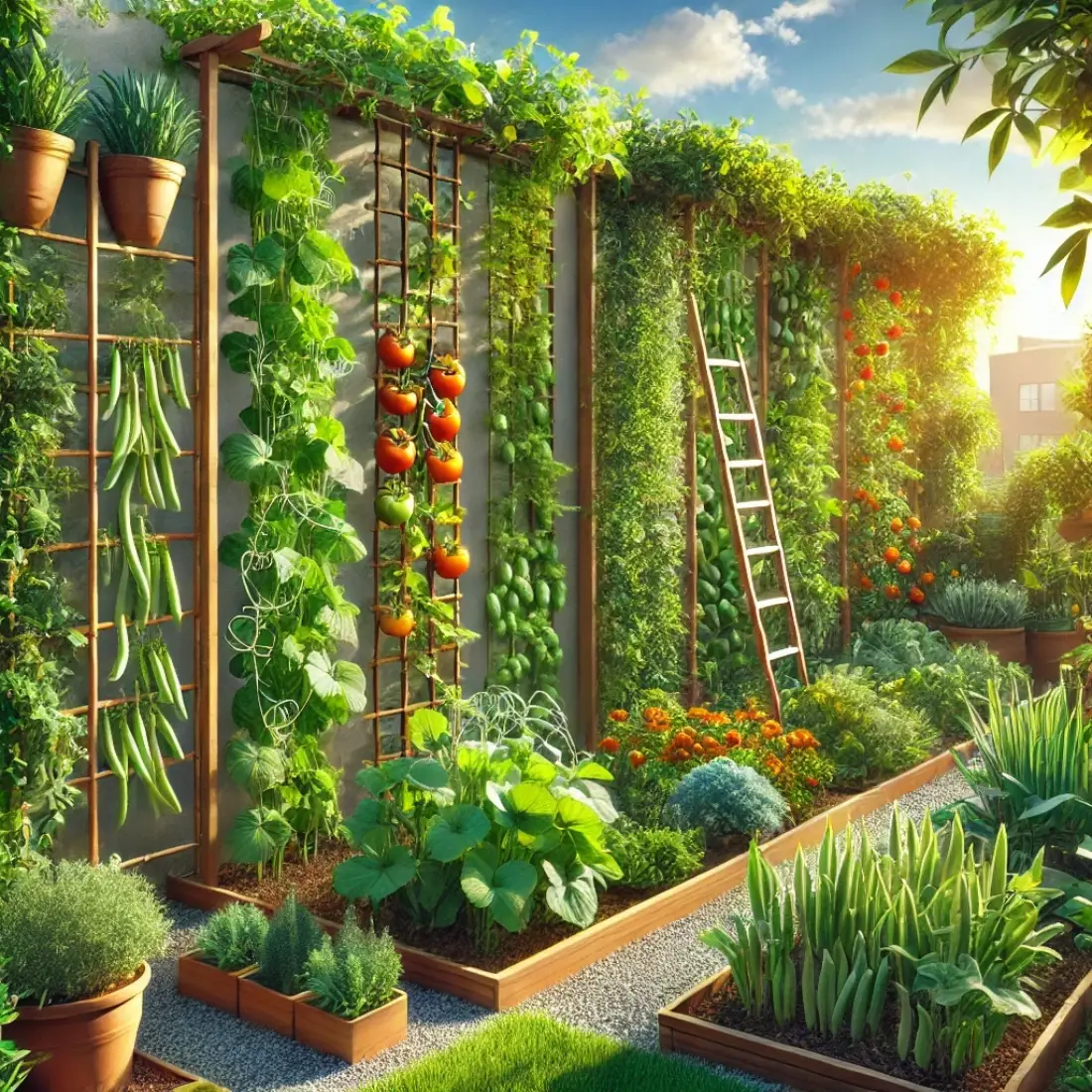Organic cucumber gardening is a rewarding and eco-friendly way to grow your own fresh produce. However, many gardeners, both novice and experienced, can make common mistakes that hinder their success. By understanding and avoiding these pitfalls, you can ensure a bountiful harvest of crisp, delicious cucumbers.
This guide will help you navigate through the most frequent errors in soil preparation, watering, pest control, and more, allowing you to enjoy a thriving organic cucumber garden.
- Proper Soil Preparation: Ensuring well-draining, nutrient-rich soil with the correct pH level.
- Watering Techniques: Maintaining consistent moisture without over or under-watering.
- Pest Control: Identifying and managing common pests using organic methods.
- Spacing and Support: Providing adequate space and support for cucumber vines.
- Harvesting Tips: Recognizing the right time to harvest for the best flavor and yield.
Planting Poor Quality Seeds
Planting poor quality seeds is another frequent mistake in organic cucumber gardening. Using inferior seeds can lead to weak plants, low germination rates, and disappointing yields. Understanding how to select and handle seeds properly is crucial for a successful harvest.
Issues with Poor Quality Seeds:
- Low Germination Rates: Inferior seeds often have lower germination rates, resulting in fewer plants.
- Weak Seedlings: Poor quality seeds can produce weak seedlings that are more susceptible to disease and pests.
- Inconsistent Growth: Seeds that are not true to type may produce plants with varying characteristics, affecting overall garden uniformity and productivity.
How to Avoid Planting Poor Quality Seeds:
- Purchase from Reputable Sources: Always buy seeds from reputable seed companies that specialize in organic gardening. Look for certifications such as USDA Organic to ensure seed quality.
- Check Seed Viability: Perform a germination test to check the viability of your seeds. Place a few seeds on a damp paper towel, keep them moist, and check for sprouting after a few days.
- Opt for Disease-Resistant Varieties: Select cucumber varieties that are known for their disease resistance. This reduces the likelihood of encountering common cucumber diseases.
- Proper Storage: Store seeds in a cool, dry place. Improper storage can degrade seed quality and reduce germination rates.
- Use Fresh Seeds: Seeds lose viability over time. Use seeds within their recommended planting window, usually within 1-2 years of purchase.
Overwatering
One of the most common mistakes in organic cucumber gardening is overwatering. While cucumbers require a consistent level of moisture to thrive, too much water can lead to a host of problems that can severely impact plant health and yield.
Symptoms of Overwatering:
- Yellowing Leaves: Excess water can cause cucumber leaves to turn yellow and wilt.
- Root Rot: Saturated soil can lead to root rot, a condition where roots become waterlogged and begin to decay.
- Fungal Diseases: Overwatering creates a humid environment that promotes the growth of fungi, leading to diseases such as powdery mildew and downy mildew.
- Poor Fruit Development: Excessive moisture can result in cucumbers that are misshapen, bitter, or prone to splitting.
How to Avoid Overwatering:
- Check Soil Moisture: Before watering, check the soil moisture by inserting your finger about an inch into the soil. If it feels moist, hold off on watering.
- Watering Schedule: Water cucumbers early in the morning to allow any excess moisture to evaporate during the day. Aim for deep, infrequent watering rather than frequent shallow watering.
- Well-Draining Soil: Ensure your soil is well-draining by incorporating organic matter such as compost. This improves soil structure and prevents water from pooling around the roots.
- Mulching: Apply organic mulch around the base of the plants. Mulch helps retain moisture in the soil, reducing the need for frequent watering and protecting against soil-borne diseases.
Poor Soil Management
Poor soil management is a critical mistake that can significantly impact the success of your organic cucumber garden. Proper soil preparation and maintenance are essential for healthy plant growth and optimal yields. Without the right soil conditions, cucumbers can struggle to thrive, leading to weak plants and poor harvests.
Consequences of Poor Soil Management:
- Nutrient Deficiencies: Insufficient nutrients in the soil can lead to stunted growth, yellowing leaves, and low fruit production.
- Poor Drainage: Soil that does not drain well can cause root rot and other water-related issues.
- Compacted Soil: Compacted soil restricts root growth and reduces the plant’s ability to absorb water and nutrients.
- Imbalanced pH Levels: Soil that is too acidic or alkaline can affect nutrient availability and uptake by cucumber plants.
How to Avoid Poor Soil Management:
- Soil Testing: Conduct a soil test to determine the pH level and nutrient content of your soil. This will help you understand what amendments are needed to optimize soil health.
- Proper pH Levels: Cucumbers prefer a soil pH between 6.0 and 7.0. Adjust the pH by adding lime to raise it or sulfur to lower it, as needed.
- Organic Matter: Incorporate organic matter such as compost or well-rotted manure into the soil. This improves soil structure, fertility, and water retention.
- Crop Rotation: Practice crop rotation to prevent soil-borne diseases and nutrient depletion. Avoid planting cucumbers in the same spot each year.
- Mulching: Apply organic mulch around your cucumber plants to retain moisture, suppress weeds, and regulate soil temperature.
Inadequate Fertilization
Inadequate fertilization is a common mistake that can hinder the growth and productivity of your organic cucumber garden. Cucumbers are heavy feeders that require a steady supply of nutrients to thrive. Failing to provide these essential nutrients can lead to poor plant health and reduced yields.
Consequences of Inadequate Fertilization:
- Stunted Growth: Insufficient nutrients can cause slow or stunted plant growth.
- Yellowing Leaves: A lack of essential nutrients, particularly nitrogen, can lead to chlorosis, where leaves turn yellow.
- Poor Fruit Development: Inadequate fertilization can result in small, misshapen, or bitter cucumbers.
- Increased Susceptibility to Pests and Diseases: Weak plants are more vulnerable to attacks from pests and diseases.
How to Avoid Inadequate Fertilization:
- Use Organic Fertilizers: Choose organic fertilizers such as compost, well-rotted manure, bone meal, and fish emulsion. These provide a balanced supply of nutrients and improve soil health.
- Soil Testing: Conduct a soil test to determine nutrient deficiencies and adjust your fertilization plan accordingly. Soil tests can reveal levels of nitrogen, phosphorus, potassium, and other essential nutrients.
- Fertilization Schedule: Apply fertilizers at key growth stages. Start with a balanced organic fertilizer at planting time, followed by additional feedings during the flowering and fruiting stages.
- Avoid Over-Fertilization: While it’s important to provide enough nutrients, over-fertilization can be harmful. Excess nitrogen, for example, can lead to excessive foliage growth at the expense of fruit production.
- Liquid Fertilizers: Use organic liquid fertilizers for a quick nutrient boost. These can be applied as a foliar spray or soil drench to provide immediate nutrients to the plants.
Poor Pest and Disease Management
Poor pest and disease management is a major mistake that can devastate an organic cucumber garden. Effective control of pests and diseases is essential to maintaining healthy plants and ensuring a successful harvest. Without proper management, cucumbers can become susceptible to a variety of issues that can severely affect plant health and yield.
Consequences of Poor Pest and Disease Management:
- Reduced Yields: Pests and diseases can significantly reduce the number and quality of cucumbers produced.
- Plant Stress: Infestations and infections weaken plants, making them more vulnerable to other environmental stresses.
- Spread of Disease: Without control, diseases can spread quickly through your garden, affecting multiple plants and potentially leading to total crop failure.
Common Pests and Diseases in Cucumber Gardening:
- Aphids: Small, sap-sucking insects that can weaken plants and spread diseases.
- Cucumber Beetles: Beetles that chew on leaves, flowers, and fruit, and can spread bacterial wilt.
- Powdery Mildew: A fungal disease that causes white, powdery spots on leaves, reducing photosynthesis and plant vigor.
- Downy Mildew: A fungal-like disease causing yellow spots and fuzzy growth on the underside of leaves.
- Bacterial Wilt: A disease spread by cucumber beetles that causes plants to wilt and die.
How to Avoid Poor Pest and Disease Management:
- Regular Monitoring: Inspect your plants regularly for signs of pests and diseases. Early detection allows for more effective management.
- Encourage Beneficial Insects: Introduce natural predators like ladybugs and lacewings to control pest populations.
- Crop Rotation: Rotate crops annually to prevent the buildup of pests and diseases in the soil.
- Companion Planting: Plant companion plants like marigolds and nasturtiums that repel pests and attract beneficial insects.
- Proper Spacing: Ensure adequate spacing between plants to improve air circulation and reduce the spread of diseases.
- Organic Sprays: Use organic sprays like neem oil, insecticidal soap, or homemade garlic spray to manage pests.
- Disease-Resistant Varieties: Choose cucumber varieties that are resistant to common diseases.
Not Staking Your Cucumber Plants
One of the most common mistakes in organic cucumber gardening is not staking your cucumber plants. Staking, or providing support for your cucumber vines, is crucial for healthy plant growth and maximizing your harvest. Without proper support, cucumber plants can sprawl on the ground, leading to several issues that affect both plant health and fruit quality.
Consequences of Not Staking Your Cucumber Plants:
- Increased Disease Risk: When cucumber vines sprawl on the ground, they are more susceptible to soil-borne diseases and pests.
- Poor Air Circulation: Lack of support can lead to poor air circulation around the plants, promoting fungal diseases like powdery mildew and downy mildew.
- Difficult Harvesting: Ground-level cucumbers are harder to spot and harvest, increasing the likelihood of missing ripe fruits.
- Fruit Rot: Cucumbers lying on the soil surface are prone to rot, especially in wet conditions.
- Reduced Fruit Quality: Unsupported vines often produce misshapen and dirty fruits, reducing their market value and quality.
How to Avoid the Mistake of Not Staking Your Cucumber Plants:
- Choose the Right Support: Select a sturdy support structure such as a trellis, cage, or stakes. Ensure it is tall enough to accommodate the full height of mature cucumber vines.
- Install Supports Early: Install your support structure at the time of planting to avoid damaging the roots of established plants.
- Train the Vines: As cucumber vines grow, gently train them to climb the support. Secure the vines using soft ties or plant clips to avoid damaging the stems.
- Regular Maintenance: Regularly check and adjust the vines as they grow to ensure they remain securely attached to the support.
Not Harvesting on Time
Another common mistake in organic cucumber gardening is not harvesting cucumbers on time. Timely harvesting is crucial for maintaining the best flavor, texture, and overall quality of your cucumbers. When cucumbers are left on the vine for too long, they can become overripe, tough, and bitter, negatively impacting your garden’s productivity.
Consequences of Not Harvesting on Time:
- Bitter Taste: Overripe cucumbers often develop a bitter taste, making them unpalatable.
- Tough Skin and Seeds: Cucumbers left on the vine too long can develop tough skins and large, hard seeds.
- Reduced Yield: Overripe cucumbers can signal the plant to slow down production, leading to fewer fruits.
- Misshapen Fruits: Cucumbers that are not harvested promptly can become misshapen and less appealing.
- Increased Risk of Disease: Overripe fruits can attract pests and diseases, which can spread to other parts of the plant.
How to Avoid Not Harvesting on Time:
- Regular Monitoring: Check your cucumber plants daily once they start producing fruit. Regular monitoring helps ensure you catch cucumbers at their peak ripeness.
- Know the Signs of Ripeness: Harvest cucumbers when they reach their mature size but are still firm and green. Avoid waiting until they turn yellow, which indicates overripeness.
- Harvest Frequently: Pick cucumbers every couple of days during peak production. Frequent harvesting encourages the plant to continue producing more fruits.
- Use the Right Tools: Use a sharp knife or pruning shears to cut cucumbers from the vine. Avoid twisting or pulling the fruit, which can damage the plant.
- Proper Timing: Harvest cucumbers early in the morning when they are crisp and well-hydrated. Avoid harvesting during the heat of the day, which can cause the fruits to become limp.
FAQs About Organic Cucumber Gardening
What type of soil is best for growing cucumbers?
Cucumbers thrive in well-draining, nutrient-rich soil with a pH between 6.0 and 7.0. Adding organic compost can improve soil fertility and structure.
How often should I water my cucumber plants?
Water cucumbers deeply and consistently, about 1-2 inches per week, depending on weather conditions. It’s best to water early in the morning to minimize evaporation and prevent fungal diseases.
How can I prevent pests from damaging my cucumber plants?
Use organic pest control methods such as introducing beneficial insects, applying neem oil, and using row covers. Regularly inspect your plants and remove any pests by hand.
When should I plant cucumber seeds?
Plant cucumber seeds outdoors when the soil temperature reaches at least 70°F, typically 2-3 weeks after the last frost. You can start seeds indoors 3-4 weeks before transplanting.
How do I know when my cucumbers are ready to harvest?
Cucumbers are ready to harvest when they are firm, uniformly green, and reach the appropriate size for their variety (usually 6-8 inches long). Harvest frequently to encourage continuous production.
What are the benefits of staking cucumber plants?
Staking cucumber plants improves air circulation, reduces disease risk, makes harvesting easier, and keeps fruits clean and off the ground. Use trellises, cages, or stakes for support.
How can I improve soil fertility for cucumbers?
Incorporate organic matter such as compost, well-rotted manure, or organic fertilizers into the soil. Conduct a soil test to determine nutrient deficiencies and amend accordingly.
What are the common diseases affecting cucumbers, and how can I prevent them?
Common diseases include powdery mildew, downy mildew, and bacterial wilt. Prevent them by practicing crop rotation, ensuring good air circulation, and applying organic fungicides as needed.
Can cucumbers grow in containers?
Yes, cucumbers can grow in containers. Choose a large pot with good drainage, use high-quality potting mix, and provide a trellis or support for the vines to climb.
How do I save cucumber seeds for next season?
Allow a few cucumbers to overripen on the vine until they turn yellow and soft. Scoop out the seeds, rinse off the pulp, and dry them thoroughly before storing in a cool, dry place.

